Blood pressure is a measurement used to monitor one's risk of heart disease and stroke.
Simply put, blood pressure is how much pressure your blood thrusts against your arteries, and it's your arteries that deliver oxygen-rich blood to your tissues after the blood has passed through your lungs.
Reading your blood pressure can be difficult, as such, seeing the figures 130/80 mmHg can really throw someone off. Blood pressure is, however, simple to understand and should be routinely monitored.
Why is blood pressure important?
Blood pressure is an important measurement because high blood pressure can be an early warning sign of something much more life-threatening such as hypertension.
There are two terms often related to blood pressure, systolic blood pressure, and diastolic blood pressure.
Systolic pressure is measured when your heart contracts and diastolic pressure is measured when your heart muscles relax.
Having high blood pressure means that the blood in your circulatory system exerts more pressure against your arteries, either when your heart is pumping, relaxing, or both.
Reading blood pressure measurements, such as130/80 mmHg means that the first number of 130 signifies the systolic pressure (contract), and the second number of 80 signifies the diastolic pressure (relax).
What is hypertension?
Hypertension is one of the most important risk factors for heart and blood vessel disease, as well as many other health conditions.
With hypertension, the risk for several types of heart and blood vessel disease goes up, such as coronary heart disease, heart failure, stroke, overall type 2 diabetes, Alzheimer's disease, and kidney diseases.
Thus, monitoring your blood pressure is important as early detection of many of these diseases.
Having a lower blood pressure of 115/75 mmHg can literally halve your risk for cardiovascular disease when compared to the barely normal 135/95 mmHg.
Similarly, if you have a systolic pressure of 140 and a diastolic pressure of 90 you're considered mildly hypertense, and your risk of disease increases.
How is sauna good for blood pressure?
In a 2018 study, 102 participants took one single sauna session at 73 degrees Celsius for 30 minutes, with 44% of the participants being female and 56% male.
All participants had their blood pressure taken before, during, and after the sauna session.
Amazingly, on average all participants lost 7 points on their systolic and diastolic blood pressure after this single sauna session compared.
During a 2019 study, the blood pressure of 19 healthy adults was measured during a 25-minute sauna session and found both diastolic and systolic blood pressure declined significantly only 30 minutes after the session.
A 2012 study showed decreases in vascular pressure and decreases in both systolic and diastolic blood pressure when sauna use was combined with exercise.
And even an older 1983 study found immediate reductions in blood pressure after a sauna session.
While many of these studies show that infrared sauna is good for blood pressure, how exactly the sauna achieves this isn't as clear.
A conclusion can be drawn that the lowering of blood pressure is a by-product of vasodilation (the widening of your blood vessels) in combination with an increased heart rate, and other physiological responses the human body has to thermoregulate itself.
Many of the infrared sauna health benefits come from these physiological responses and further lower your risk of sudden cardiac death.
Is sauna good for blood pressure?
Yes, saunas have been shown to lower blood pressure, both initially after a single session, and over longer periods of time with regular use. Pretty amazing for simply sitting in a sauna for 30-minutes.
If you're interested in an infrared sauna cabin for home, click here to view our range of full-spectrum saunas, far-infrared saunas, and outdoor saunas.



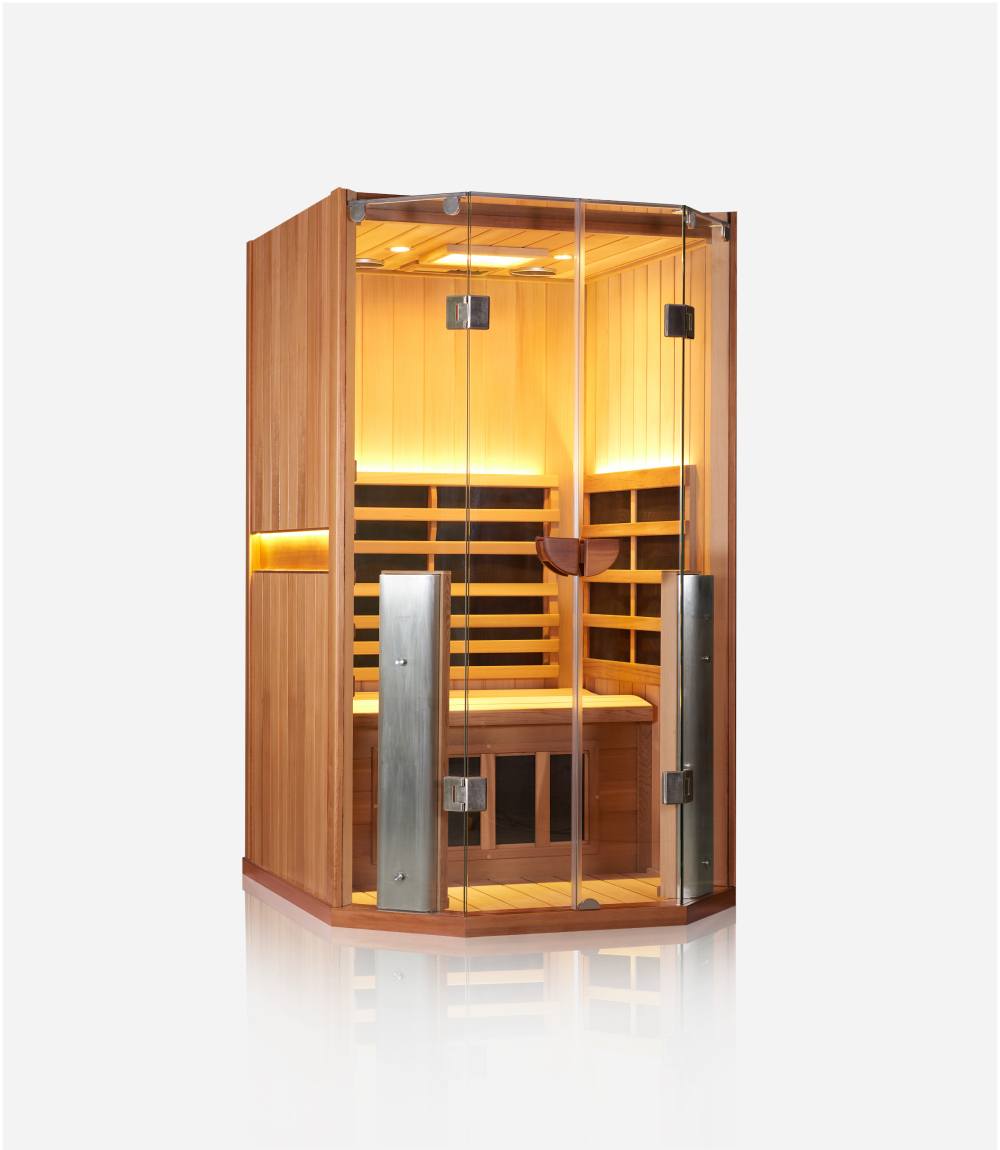
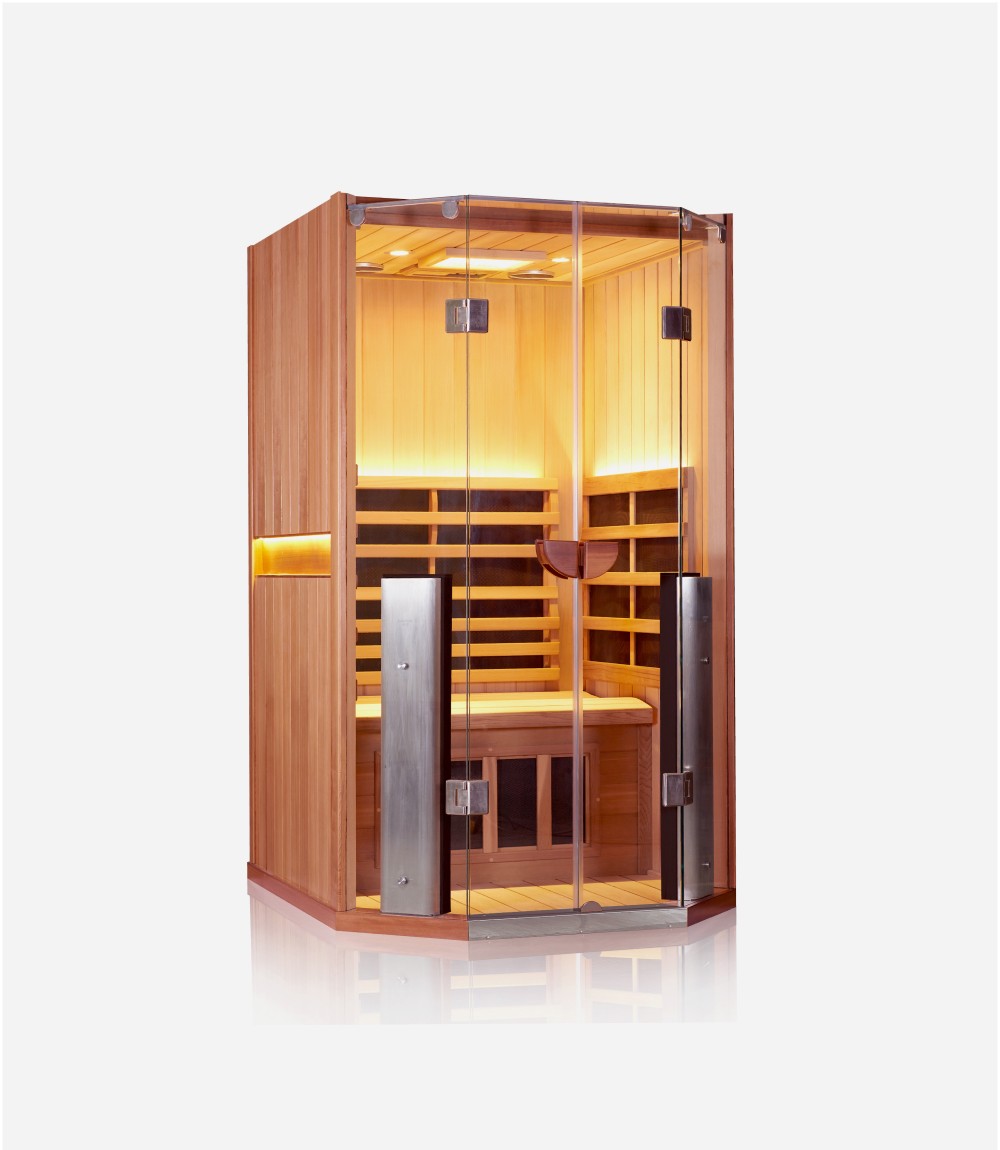
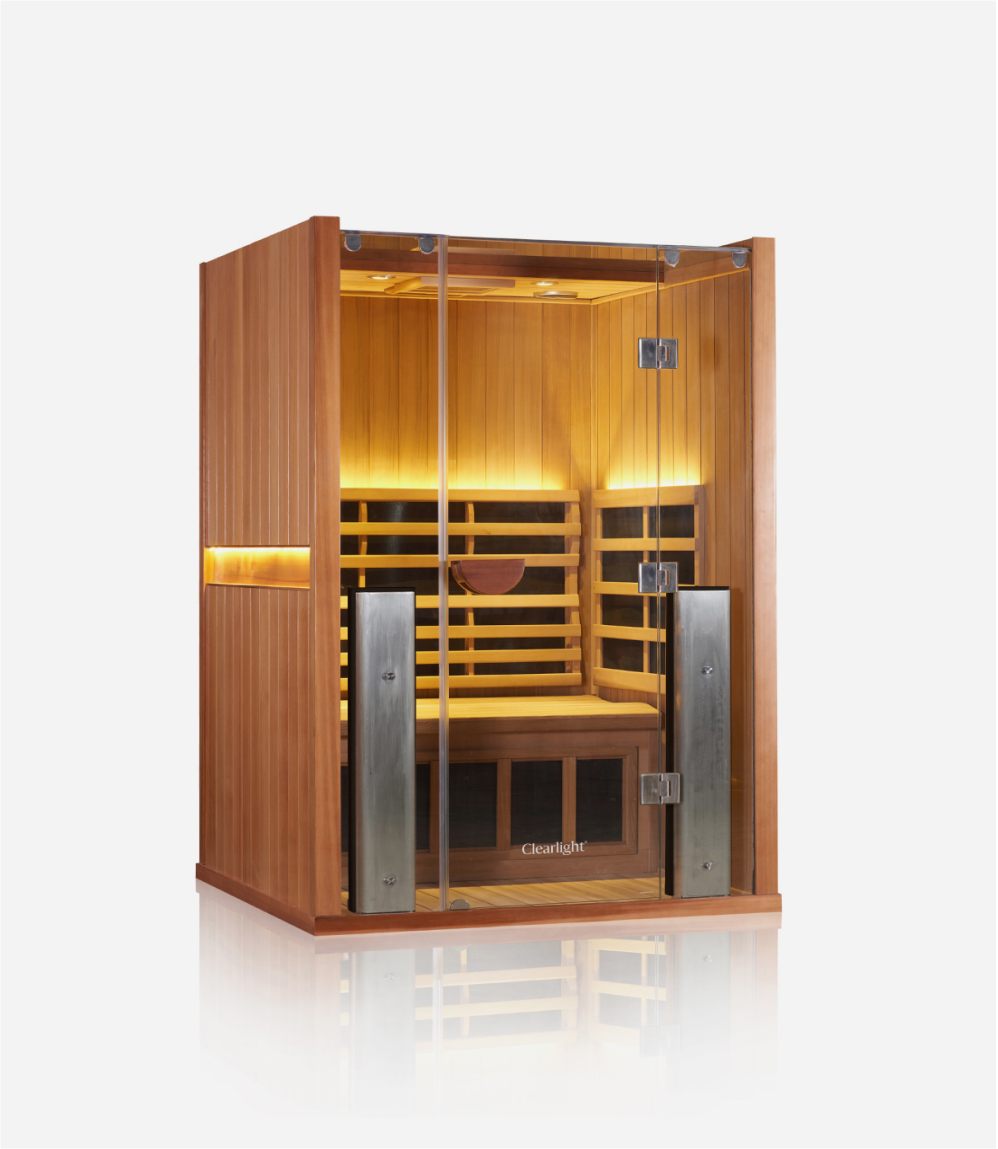
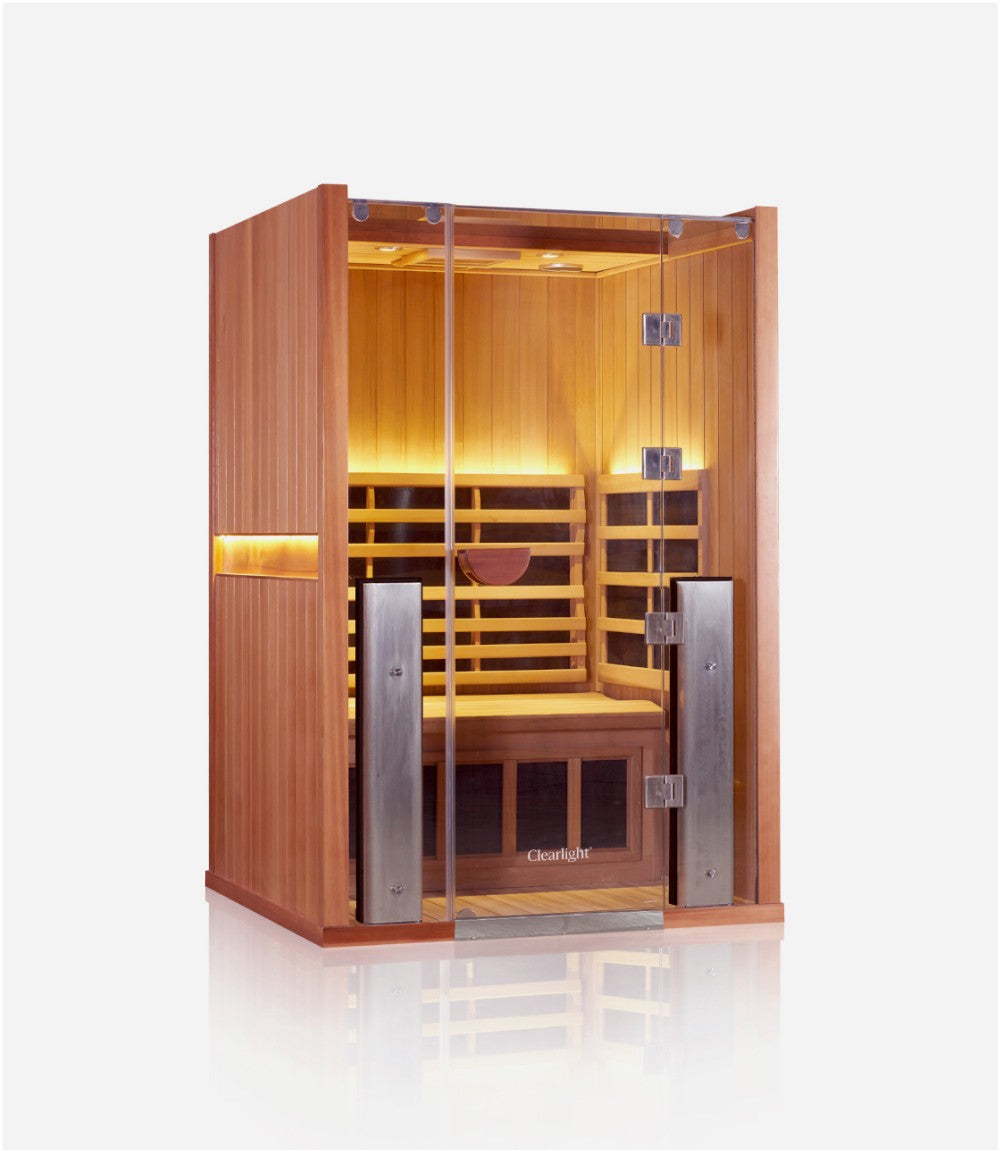
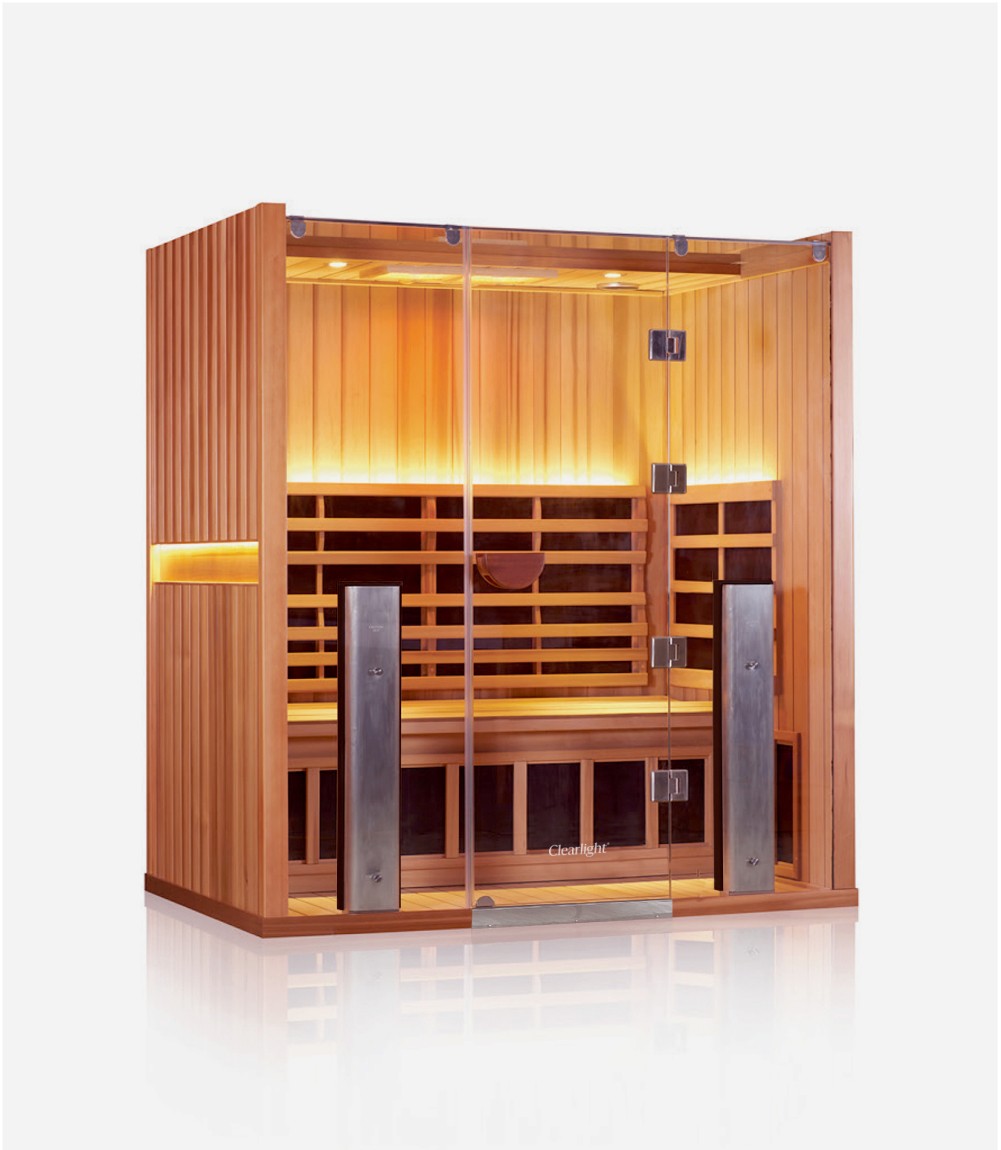
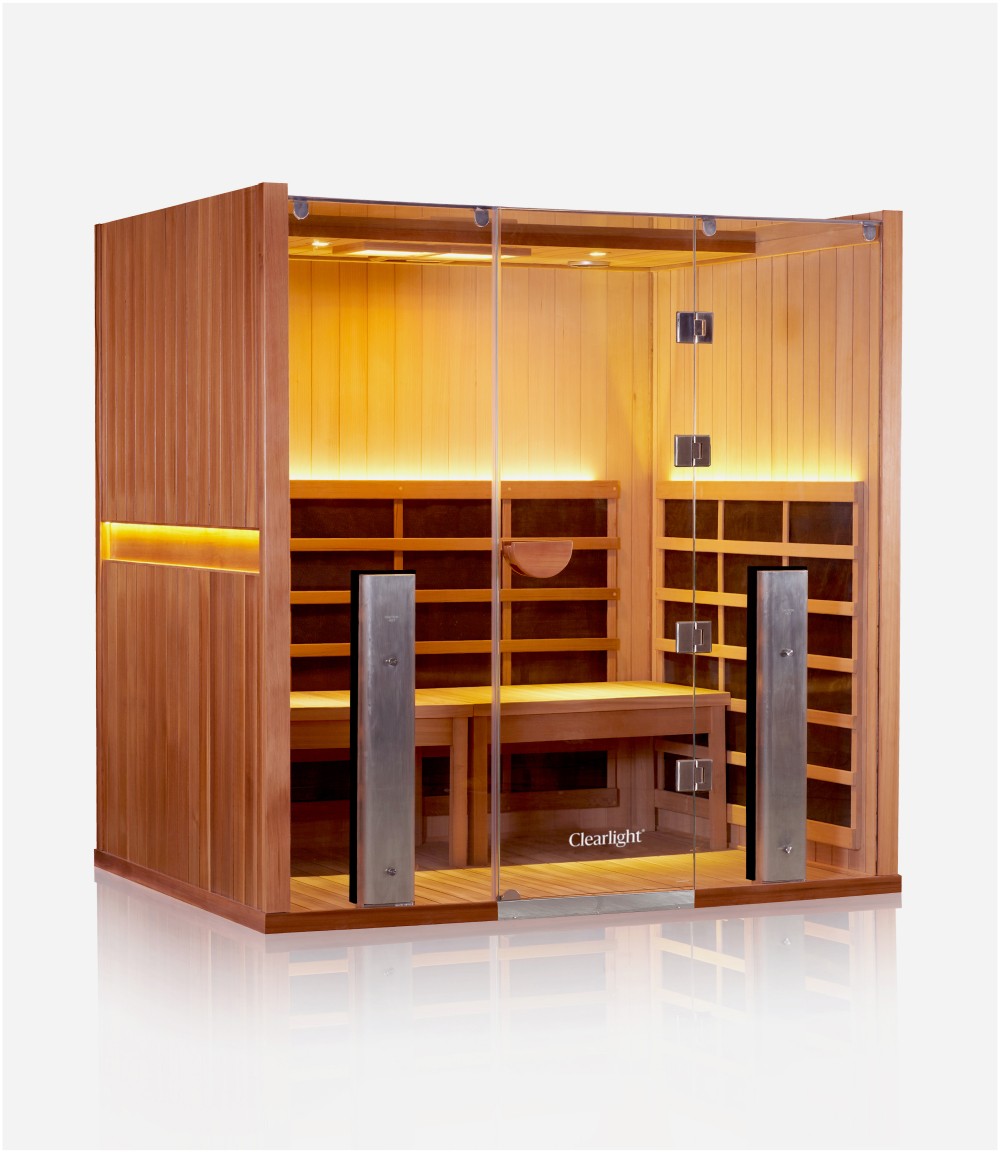

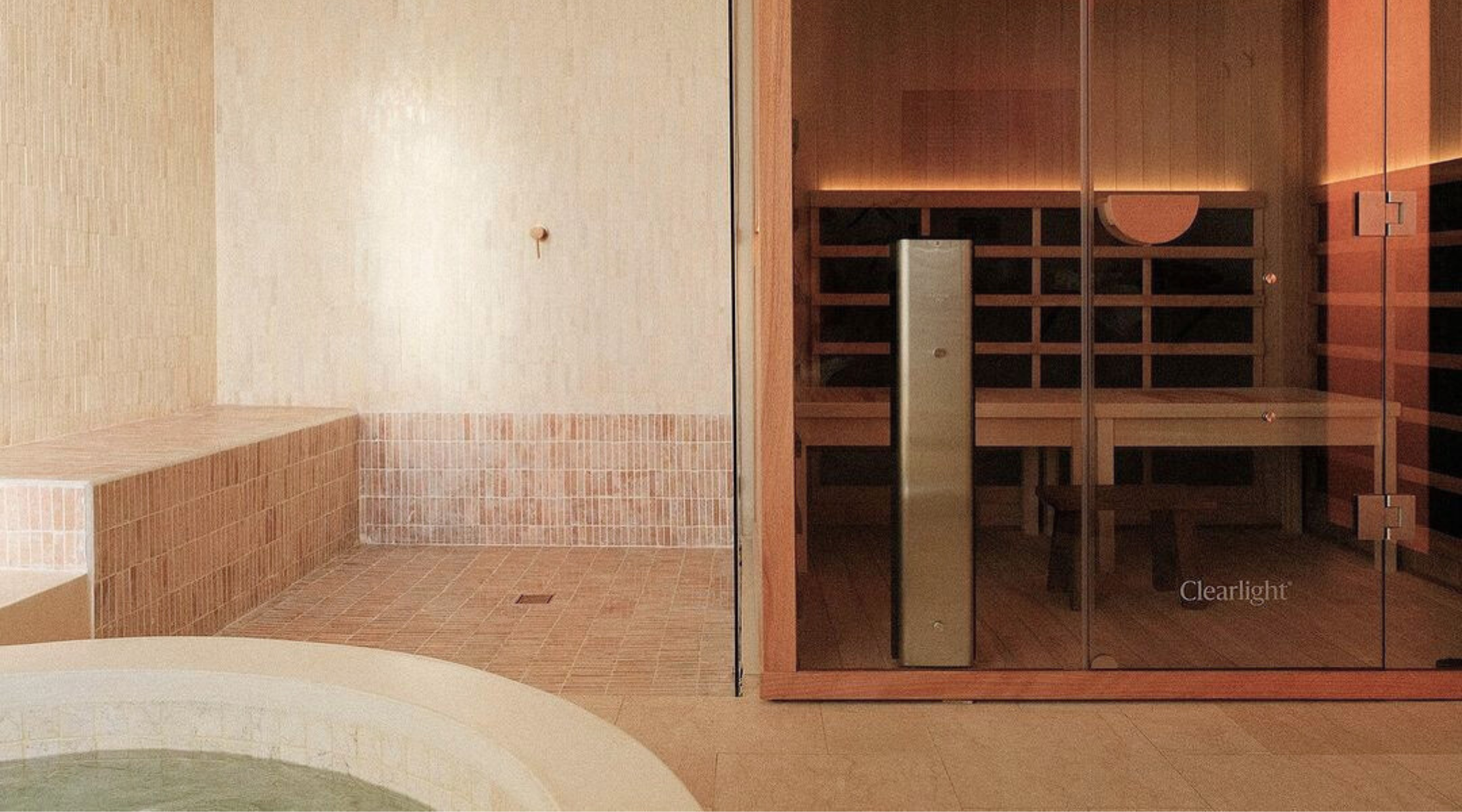

Is Sauna Good for Knee Injury?
Is Sauna Good for Knee Injury?